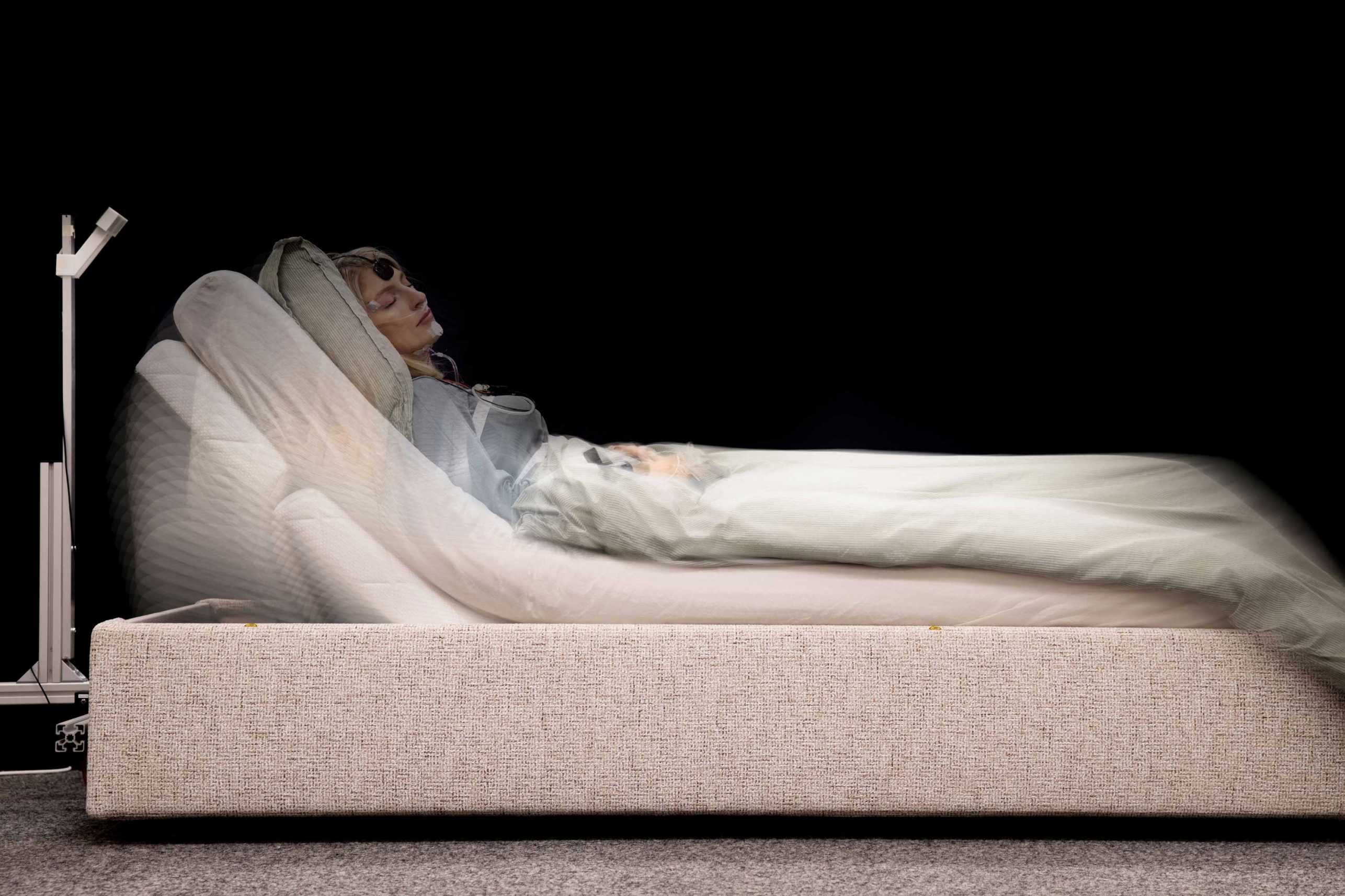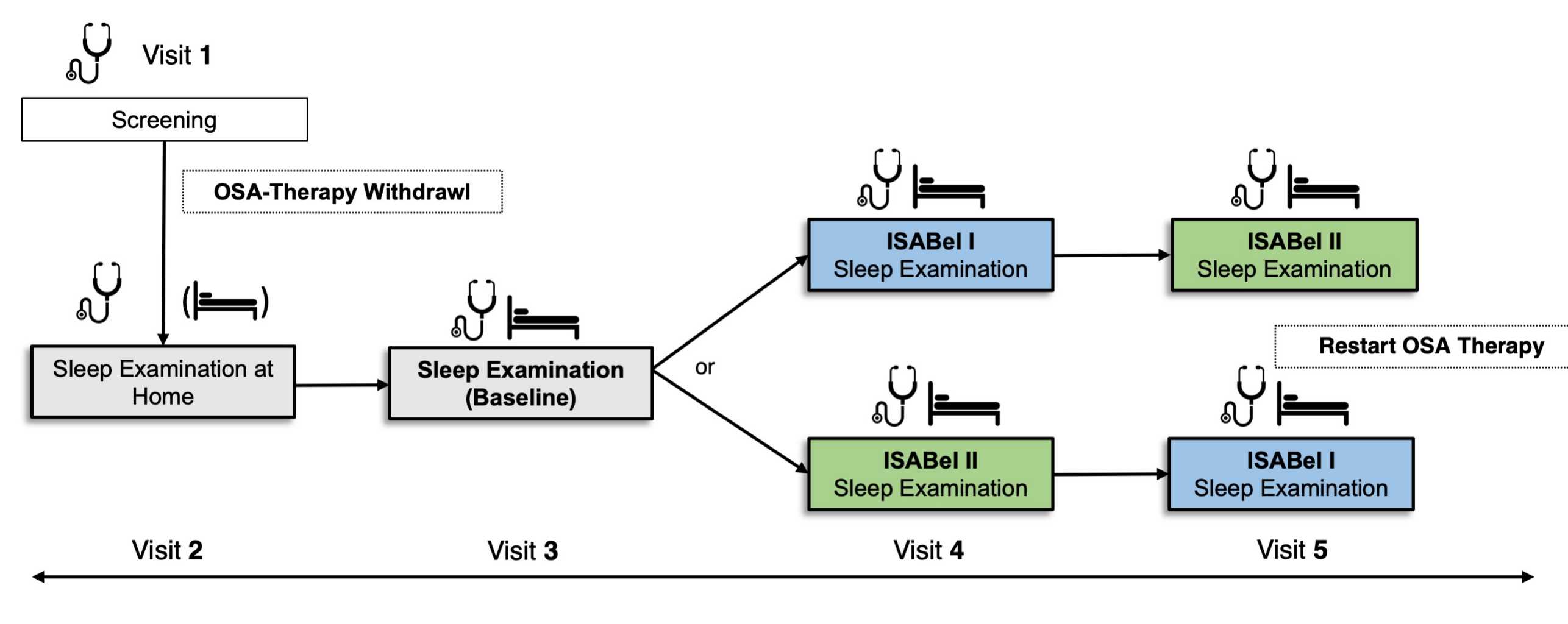ISABel – Intelligent Sleep Apnea Bed: Applying Controlled Positional Therapy in Patients with Positional Obstructive Sleep Apnea
Sleep apneas are characterized by intermittent cessations of breathing during the night. These apneas can last from ten seconds to over a minute and are often followed by brief awakenings to restore physiological blood-gas levels. Although these arousals happen unconsciously, people suffering from sleep apnea regularly report poor sleep quality and daytime sleepiness and are amongst others at a higher risk for cardiovascular disease, hypertension, and traffic accidents. In Positional Obstructive Sleep Apnea (POSA) patients, the number of apneas is twice as high in supine position compared to non-supine position, making beds that can gently reposition the users during the night an interesting treatment approach.
Collaborators
Our Intelligent Sleep Apnea Beds (ISABel) aim at improving sleep and quality of life of people suffering from sleep apnea by performing positional changes.
ISABel I is based on a commercially available actuated bed that is extended with unobtrusive sensors (sensorized mattress and bioradar) to detect apnea events. Upon apnea detection, the backrest slowly moves up until airflow is restored.
ISABel II is a sidewards-turning bed and was developed in our lab. It is capable of initiating lateral rotations to prevent sleeping in supine position. Similar to ISABel I, it is equipped with several unobtrusive sensors to classify current sleeping position and detect apnea episodes.
In 2021 (collaboration with the University Hospital Zurich), we performed the following cross-over trial protocol with six adult male POSA patients (57±11 y, BMI 28±4 kg/m2, AHI 39±15/h) to understand the feasibility of using such beds as therapeutic devices:
In this first study we could show that sleep efficiency was not affected by the moving beds. This important finding now allows us to conduct intervention studies where we investigate the effectiveness of the interventions (i.e. how many interventions led to position changes). Moreover, we will compare the AHI (apnea-hypopnea index), a measure for the average number of apneas per hour, between the baseline condition (i.e. without positional interventions) and the intervention condition (i.e. either person’s trunk is elevated or person is transferred to a lateral position) to give statements about overall success.


